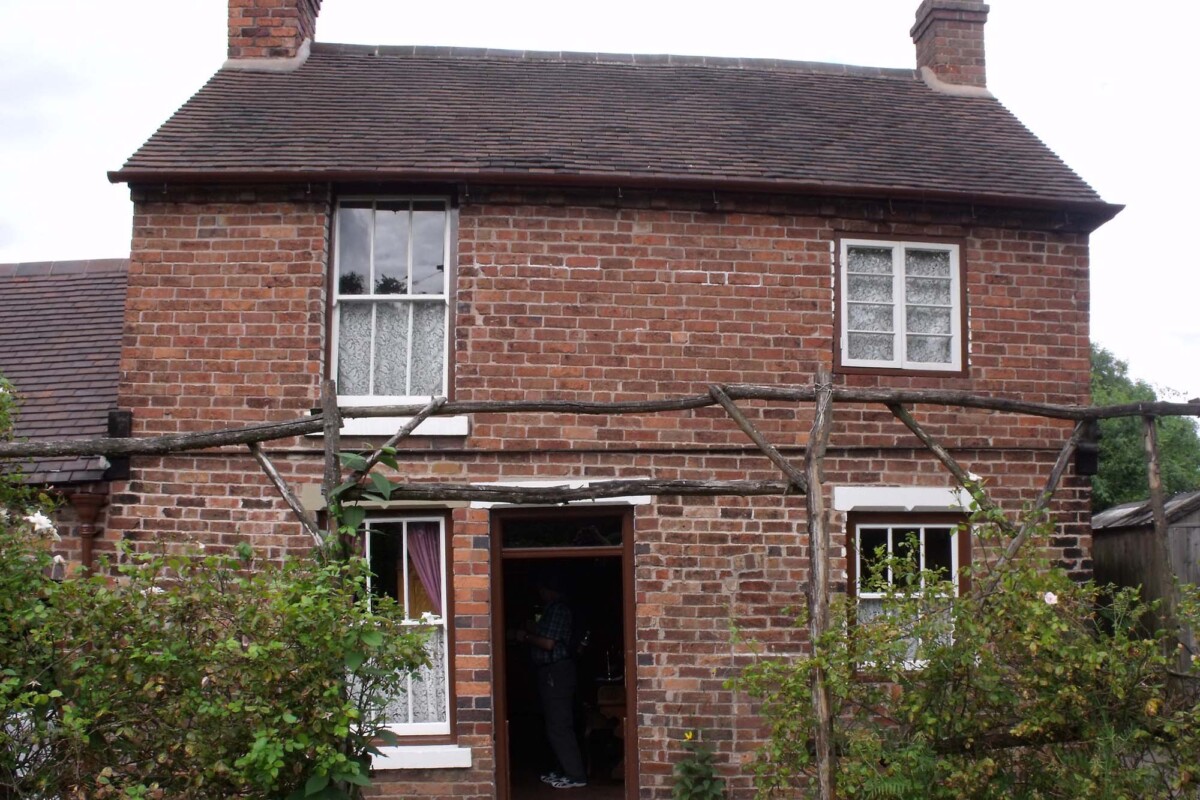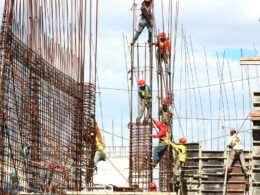Subsidence is a common concern for homebuyers, especially when considering purchasing a property. If you are in the market for a new home and have come across a property with a history or ongoing issues of subsidence, it’s important to understand the implications and make an informed decision.
There are crucial details that you need to know about before buying a property with subsidence, including the potential risks, the steps you can take to mitigate those risks, and the factors to consider before making a purchase.
What is Subsidence?
Subsidence refers to the downward movement of the ground beneath a property. It can occur due to a variety of reasons, including changes in soil moisture content, ground instability, and the presence of underground cavities or voids.
When subsidence happens, it can lead to significant damage to the structural integrity of a building, resulting in cracks in walls, doors, and windows, among other issues.
Matthew O’Sullivan, CEO of Subsidence Ltd explains in depth to us, “Firstly, it’s crucial to recognise that subsidence is not a uniform process; it varies greatly depending on geographical location, soil type, and human activity. For example, clay soils are particularly susceptible to changes in moisture content, which can lead to expansion and contraction and thus increase the risk of subsidence. There are areas with extensive mining activities or those that have been heavily built upon without proper consideration of the underlying geology are more prone to ground instability.”
Assessing the Risk of Subsidence
Before buying a property with a history or ongoing subsidence issues, it’s crucial to assess the risk involved. Here are some factors to consider:
Matthew O’Sullivan followed on, “the impacts of subsidence extend beyond the immediate physical damage to buildings. There are significant financial implications for property owners, insurers, and local governments. Repairing subsidence-related damage can be costly, and in some cases, properties may even become uninsurable”.
1. Historic subsidence
Determine the cause and severity of any previous subsidence issues. Look for records of repair works, structural engineer reports, and insurance claims related to subsidence. This information will give you insights into the property’s past issues and the measures taken to address them.
2. Ongoing subsidence
If the property currently experiences subsidence or shows signs of ongoing movement, it might present greater risks. Look for any visible cracks or structural issues that might indicate active ground movement. Consulting with a qualified structural engineer can provide a professional assessment of the property’s stability.
3. Geological factors
Consider the geological characteristics of the area where the property is located. Certain soil types, such as clay, are more prone to subsidence. Understanding the likelihood of ground movement in the area can help you evaluate the risk.
4. Insurance and survey reports
When considering a property with subsidence, it’s essential to obtain an insurance quote. Some insurers may be reluctant to provide coverage, while others may charge higher premiums due to the perceived risk. Additionally, a comprehensive survey report can provide an in-depth analysis of the property’s condition, including the presence of any subsidence-related issues.
By considering these factors, you can better assess the risk of subsidence and make an informed decision about buying the property.
Mitigating the Risks
Buying a property with subsidence doesn’t necessarily mean a terrible investment, especially if you take proactive steps to mitigate the risks involved. Here are some measures you can take:
1. Reparation costs
Determine the potential costs of repairing any subsidence-related damage. It’s crucial to obtain quotes from reputable contractors to understand the financial implications of addressing the subsidence issue. This will help you budget accordingly and assess if the property’s asking price is reasonable.
2. Treatment and prevention
Consult with a qualified structural engineer to assess the subsidence issue and recommend an appropriate treatment plan. Taking proactive measures to address the underlying causes of subsidence, such as soil stabilisation or tree removal, can help prevent further damage and stabilise the property.
3. Insurance coverage
While obtaining insurance might be more challenging for a property with subsidence history or ongoing movement, it is not impossible. Shop around for insurance providers that specialise in covering properties with subsidence issues. Ensure that the policy includes sufficient coverage for any potential future repairs or maintenance related to subsidence.
4. Legal considerations
It’s essential to involve a solicitor or conveyancer experienced in handling properties with subsidence issues. They can review any legal documents related to the property, such as planning permissions and historical insurance claims. They can also advise on any legal implications or restrictions that might arise from subsidence.
By taking these steps, you can minimise the risks associated with buying a property with subsidence and potentially turn it into a worthwhile investment.
Frequently asked questions
What are the common causes of subsidence?
Subsidence can be caused by various factors, including changes in soil moisture content, ground instability, and the presence of underground cavities or voids.
Can a property with subsidence be repaired?
In most cases, a property with subsidence issues can be repaired. The necessary measures will depend on the cause and severity of the subsidence. Consulting with a qualified structural engineer will help determine the appropriate repair methods.
Will insurance cover subsidence?
Insurance coverage for subsidence can be challenging to obtain, especially for properties with a history of subsidence or ongoing movement. However, some insurers specialise in covering such properties. It’s important to shop around and find a comprehensive insurance policy that includes coverage for potential subsidence-related repairs.
Should I get a structural survey before buying a property with subsidence?
Yes, obtaining a comprehensive structural survey is highly recommended when considering a property with subsidence issues. The survey will assess the extent of the subsidence-related damage, identify any underlying causes, and provide an estimate of the repair costs.
Will buying a property with subsidence affect its resale value?
Buying a property with subsidence might have an impact on its resale value. However, this will depend on various factors, such as the severity of the subsidence, the effectiveness of the repairs, and market conditions. Investing in proper repairs and addressing the underlying causes of subsidence can help mitigate any negative impact on resale value.
By addressing these frequently asked questions, we hope to provide you with a better understanding of the concerns and considerations when buying a property with subsidence.








